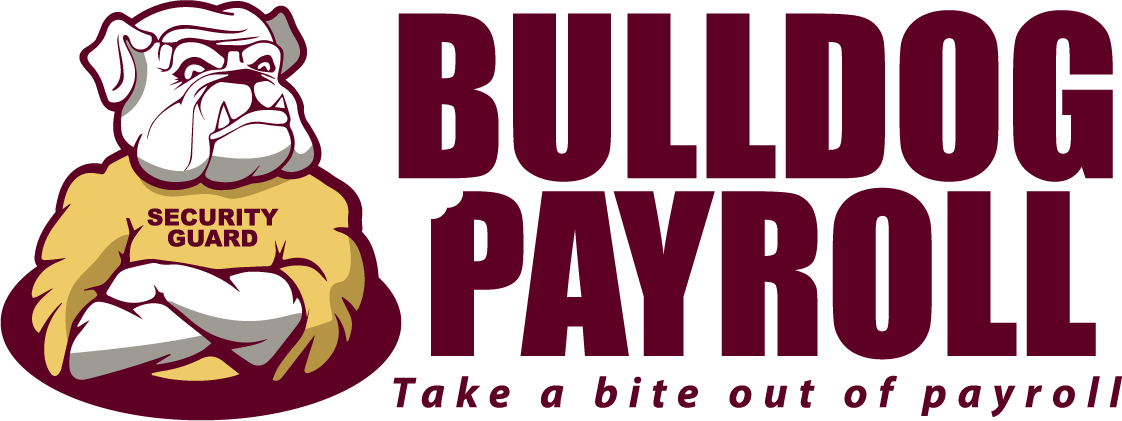What Is Payroll
Payroll is the process when companies pay employees for the work they performed. Employers have to run payroll regularly so employees are paid.
Payroll has many different parts that companies must consider. These range from collecting working time to calculating deductions, such as taxes and other benefits. Employers must also file and submit reports regarding wages, taxes, and other deductions to government agencies.
Keep reading to learn the answer to "what is payroll?" You'll also learn common terms and the phases of payroll.
What Is Payroll?
Payroll is the process of making sure employees receive their wages for work performed. As a part of this process, a company must gather the hours that their employees worked, figure out taxes and other deductions, and make sure that those taxes and deductions make it to the right parties (like the IRS).
During payroll, companies calculate and manage employees' pay. Companies can choose to run payroll in-house or through a third-party provider. A third-party provider may be an individual, like a bookkeeper, or a company that handles payroll for many organizations.
Many companies outsource payroll because it is such an intricate process that requires so many moving parts and reports.
What Is Certified Payroll?
Certified payroll ensures that the company is compliant with all the payroll laws and regulations. A certified payroll service provider can help you in this process. They will take care of everything from calculating taxes to filing your quarterly reports.
Payroll Phases:
Payroll is usually a scheduled process. The human resource department or a
payroll company submits payroll. Most companies divide payroll into three phases:
Running Payroll
Running payroll is the process of calculating, crediting, and distributing the net pay to the employees. Running payroll is not a one-time task. You must do this however often you pay employees, whether that is monthly or weekly.
There are a lot of software companies can use for running payroll. They all have their own benefits and drawbacks. Some of this software is free, while others are paid.
Employees on Payroll
An on-payroll employee is an individual who is employed by a company. The company pays this person a salary or wage. They typically receive benefits such as health care, retirement, and vacation time.
Payroll Expense
Payroll is the expense of paying employees for their work. Payroll involves calculating wages owed and other employment-related costs. The company then distributes this money to the appropriate individuals.
The term "payroll" covers a wide range of expenses that an employer may incur. These include:
- Salary, wages, and benefits
- Taxes
- Social Security
- Medicare
- Unemployment insurance
- Workers' compensation insurance
- Retirement benefits (pensions)
There are risks associated with managing the payroll management process in-house. You can
learn more about them here.
Is payroll a thorn in your side? Let us handle all the stress related to payroll so you don't have to...
Key Payroll Terms:
An important aspect of payroll 101 is understanding key payroll terms. If you are an employer, you must pay your employees correctly and on time. Understanding these terms can help you to make sure that you are meeting this obligation.
Common terms include:
Pay Frequency
Pay frequency is a term that describes the number of times per month or year that a person receives their paycheck. Pay frequency ranges from once a week to once a year. There are also biweekly or monthly payment options.
Gross Wages
Gross pay is the amount of salary that a person gets before a company deducts taxes and other deductions. Gross pay is the amount of money that an employee earns in a given month.
The gross salary for someone who works for $2,000 per month is before taxes and other deductions. The net salary after taxes would be $1,500.
Overtime Pay
Overtime pay is the payment of a premium wage for working more hours than the normal work week. Employees who work over 40 hours a week receive overtime pay. You calculate it by multiplying the employee's hourly rate by 1.5.
Payroll Taxes
You may be wondering, what is payroll tax? Payroll taxes are the taxes that employers withhold from their employee's paychecks. These taxes include social security, Medicare, and federal income tax.
Employers are responsible for withholding payroll taxes from their employee's paychecks. The employer is also responsible for sending these withholdings to the appropriate agencies. Each agency differs, but it is usually on a monthly or quarterly basis.
Pre-Tax Deductions
Pre-tax deductions can reduce taxable income, which means employees will pay less in taxes. Some examples of pre-tax deductions are contributions to a 401k and health insurance premiums.
Post-Tax Deductions
The post-tax deduction is the process of calculating the deductions an employee will be eligible for after taxes have been taken. A post-tax deduction is also known as post-tax net pay.
The post-tax deduction calculation is done by subtracting taxes from gross pay. You then subtract the deductions from that amount.
Net Pay
Net pay is the amount of money that an individual has left over after taxes. It is the amount they take home after taking out taxes and deductions.
Pay Stub
Pay stubs are a document that provides information on the wages and taxes withheld from an individual's paycheck. They are usually issued by an employer to their employee.
They show how much pay an employee receives. It also shows how much was deducted from pay for federal income tax,
Social Security, Medicare taxes, and other deductions. They may also include additional information, such as union dues or health insurance premiums.
Payroll Forms
The payroll form is where all the information about the employee is written. This includes information like their name and address, social security number, and salary information. It also includes deductions from their paycheck for taxes and other items such as retirement funds or union dues.
Payroll Software
Payroll software is an integral part of any payroll process. It is software that provides the necessary tools for managing and processing payroll. It can calculate wages, deductions, and other payroll functions.
There are many reasons why a company should consider using payroll software. One of the most important reasons is that it
saves time and money. Another reason is that it helps to comply with regulations and laws in the country or region where the company operates.
Ways to Process Payroll:
There are many ways in which a company can process payroll. There is the traditional way of doing it manually, which is not only time-consuming but also prone to human errors. The other ways are online payroll services and payroll software that can automate the process.
We'll outline each below:
Manual
The process of manual payroll processing is not any different from electronic processing. In both cases, employees need to provide their personal information and other details to ensure that they get paid correctly. The only difference between these two methods is that manual payroll processing requires more time for data entry and calculations than electronic payroll processing does.
With it, people make manual calculations and entries to calculate and distribute wages. The process is often time-consuming and fraught with errors. This is why many companies choose to outsource it or use payroll software.
Outsourced
Many companies use outsourced payroll processing to reduce the cost and time spent on payroll. Companies can outsource payroll processing to a third-party company. They will then handle all the calculations and data entry for them.
This type of service is most beneficial for companies that have an HR department with limited resources and time. The outsourced payroll processing company will take care of all aspects of the employee's payroll. This includes everything from calculating taxes and deductions to issuing paychecks and filing tax forms.
Payroll Software
Payroll software calculates how much money to pay employees automatically. It also determines how much social security and other taxes should be withheld from the employees' paychecks.
Payroll software can be accessed online, through a company's own website, or through a third-party provider. Some providers offer payroll services as part of an HR package, while others offer them as standalone services. Companies can generally purchase the software outright or through a subscription.
How COVID-19 Affected Payroll
The COVID-19 pandemic had a huge impact on payroll processing. It was one of the first things disrupted by the virus. This is because employees were not coming to work, and companies were struggling to get their workers paid.
This led to an increase in manual payroll processing, as well as an increase in overtime hours for those who did come to work. Companies had to navigate many payroll changes at the last minute. The pandemic revealed many inefficiencies in the process for a lot of employers.
This has led to improvements and streamlined payroll processes. The entire world quickly adapted to constant changes during the pandemic, and while it was difficult at the time, it also resulted in a lot of operational changes and improvements.
Get Help With Payroll Today
Now we have answered, "what is payroll?" We hope this article helped you understand small business payrolls better. The payroll management process is time-consuming, so why don't you let us help you with it?
At Bulldog Payroll, we have years of success in helping run payroll for small businesses.
Contact us today to learn more about our services.
Is payroll a thorn in your side? Let us handle all the stress related to payroll so you don't have to...










